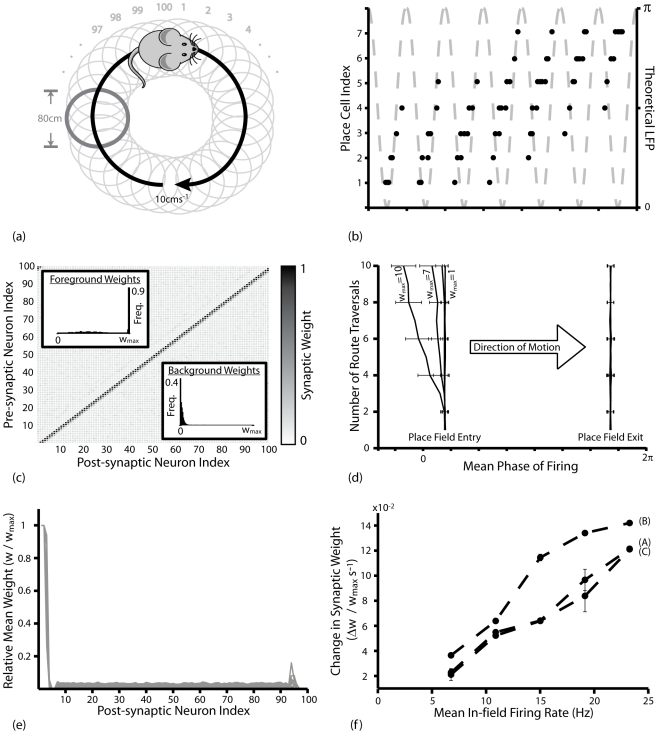Figure 2. Theta Coded Hetero-associative Learning in a Spiking Recurrent Neural Network.
(a) Theoretical details of theta coded hetero-associative learning simulations. 100 equidistant and overlapping place fields of 80cm diameter, offset by 10cm, form a circular route that is traversed repeatedly at a constant speed of 10cms−1. Each place field is encoded by the activity of a single place cell. (b) Typical spike raster in seven representative place cells with consecutive and overlapping place fields, showing theta coded neural dynamics generated by the phenomenological phase precession model. For illustrative purposes, this figure was generated with much smaller place fields (10cm diameter) such that active place cells fire in each theta phase window for one oscillatory cycle only. (c) Typical synaptic weight matrix following learning. Asymmetric connections between place cells which correspond to consecutive place fields on the learned route are selectively and significantly potentiated. Inset: synaptic weight histograms for foreground and background connections (i.e. between a neuron and those that encode for either the three successive place fields on the learned route, or all other neurons in the network respectively). Data illustrated for the triplet based BCM type STDP rule with no plasticity modulation. (d) Mean phase of firing in all place cells at place field entry and exit on successive traversals of the route, averaged over 50 separate simulations. This demonstrates the asymmetric expansion of place fields against the direction of motion during spatial learning. Data illustrated for the triplet based BCM type STDP rule with no plasticity modulation. (e) The relative mean weight of synaptic connections between place cells in typical simulations with every combination of STDP rule and plasticity modulation scheme examined. The value of the post-synaptic neuron index corresponds to the distance – in place fields – between the pre- and post- synaptic place cell. (f) The mean rate of synaptic weight change at synapses connecting each place cell to that immediately ahead of it on the theoretical route averaged over 50 separate simulations, which correlates with mean in-field firing rate for (A) the pair-based BCM type; (B) the triplet-based BCM type; and (C) the non-BCM type STDP rule. Data illustrated for simulations with theta modulated plasticity, and synaptic weight change averaged over all neurons until synaptic weights saturate at the upper bounds.

